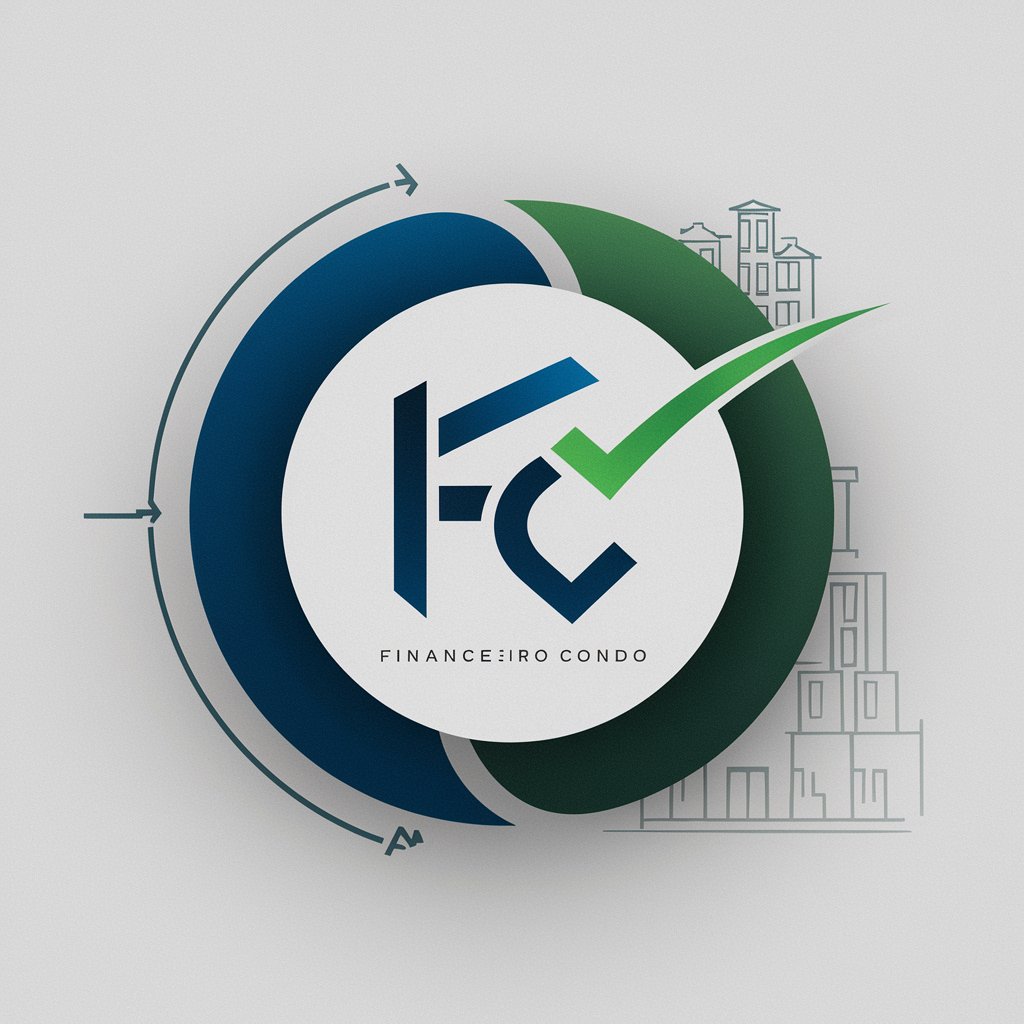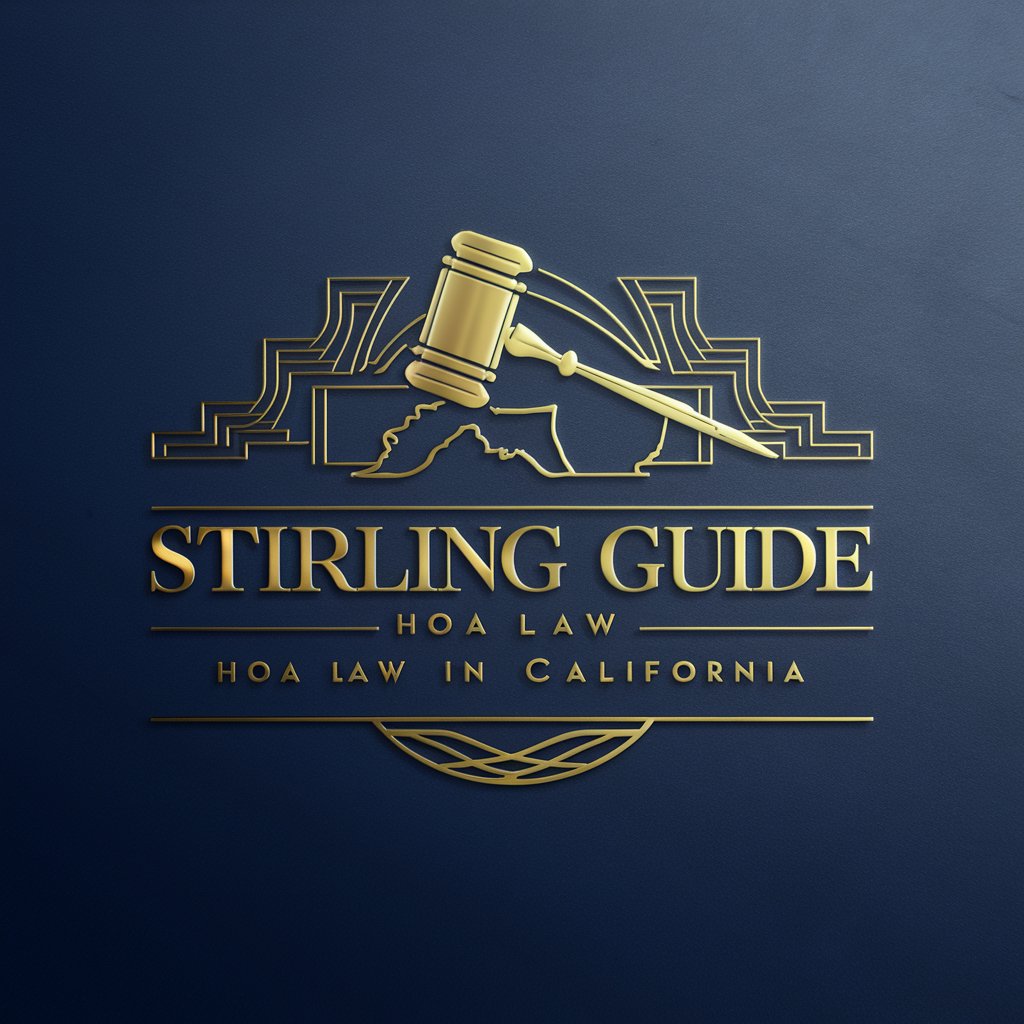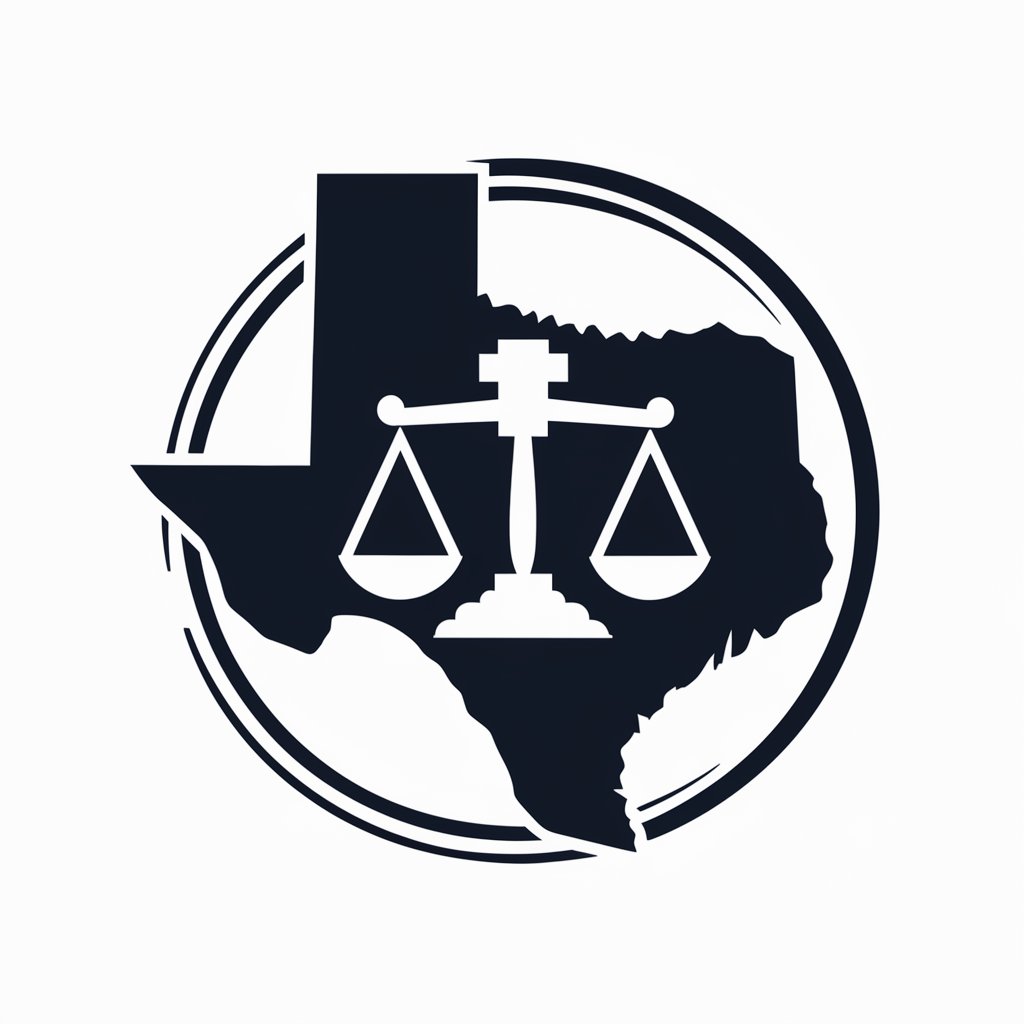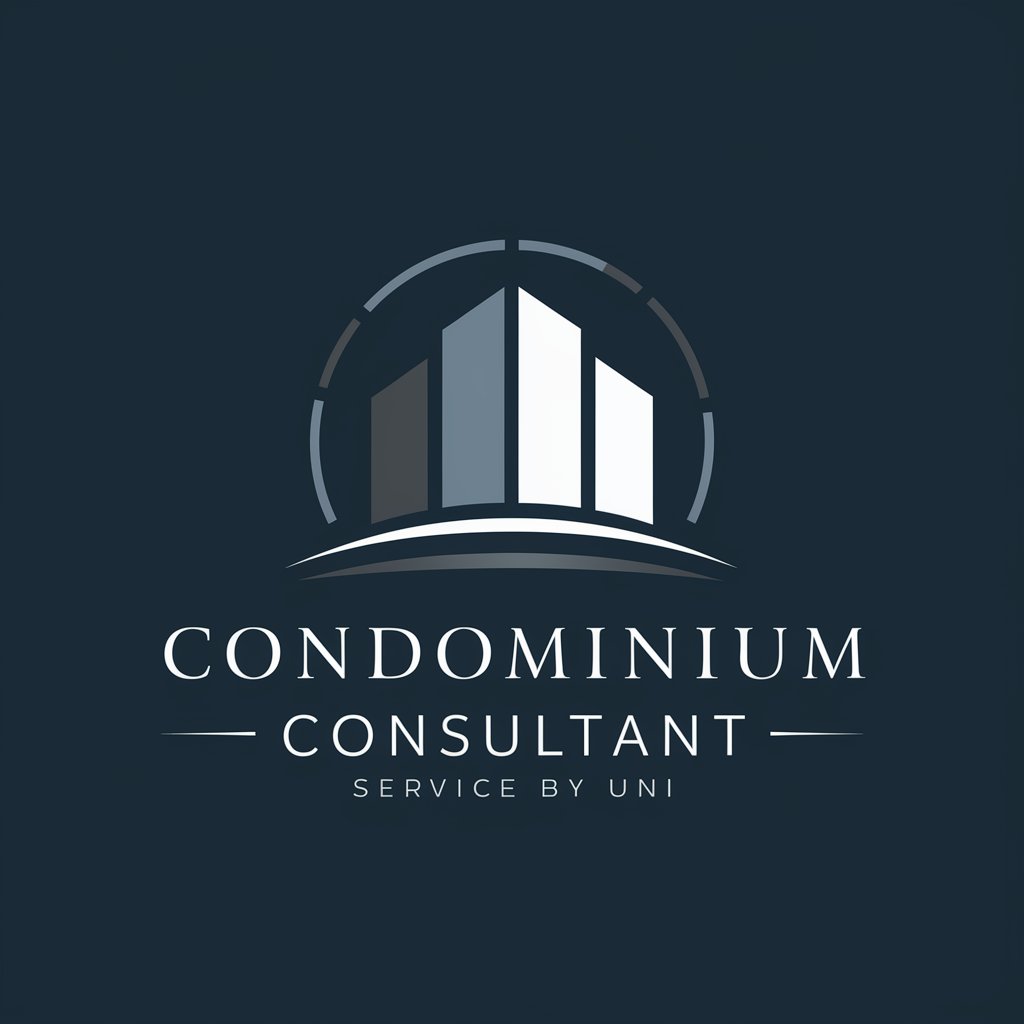
Texas Condo Bylaws, CC&Rs, and Community Rules - Guide to Condo Governance

Welcome to Texas Condo Bylaws GPT! How can I assist you today?
Navigate condo living with AI-powered legal insights.
Can you explain the process for amending a condominium declaration according to Texas law?
What are the primary responsibilities of a unit owners' association under Texas Property Code Chapter 82?
How does the Texas Uniform Condominium Act address the maintenance of common elements and individual units?
What procedures must be followed for the termination of a condominium in Texas?
Get Embed Code
Introduction to Texas Condo Bylaws, CC&Rs, and Community Rules
The Texas Uniform Condominium Act (TUCA), under Chapter 82 of the Texas Property Code, governs condominiums in Texas, providing a framework for the creation, alteration, and management of condominium projects. This Act applies to both residential and commercial condominiums, defining key terms and outlining the rights and responsibilities of unit owners, associations, and the declarant (developer). It covers various aspects such as the creation of a condominium, the allocation of interests, management through a unit owners' association, and mechanisms for altering condominium documents and structures. Examples include the allocation of common expenses among unit owners based on their allocated interests, and the process for amending condominium documents to adapt to evolving community needs or legal requirements. Powered by ChatGPT-4o。

Main Functions of Texas Condo Bylaws, CC&Rs, and Community Rules
Governance Structure
Example
The Act outlines the creation and organization of a unit owners' association, which governs the condominium. It details the election of a board of directors, their powers, and the conduct of meetings.
Scenario
For instance, a condominium might need to amend its bylaws to better manage common areas or respond to new state legislation. The Act provides the framework for how these amendments are proposed, voted on, and enacted.
Allocation of Interests and Responsibilities
Example
It defines 'allocated interests' as the undivided interest in the common elements, common expense liability, and votes in the association allocated to each unit.
Scenario
When a new condominium is developed, the declaration will allocate expenses for common area maintenance based on each unit's size or value, ensuring equitable distribution of costs.
Regulation and Management
Example
The Act gives associations the authority to adopt and enforce rules regarding the use, maintenance, and modification of units and common elements, ensuring community standards are maintained.
Scenario
If a unit owner wants to alter their unit in a way that affects the building's exterior, they must seek approval from the association, which evaluates the proposal based on established architectural standards and community impact.
Ideal Users of Texas Condo Bylaws, CC&Rs, and Community Rules Services
Condominium Developers (Declarants)
Developers benefit from understanding and utilizing the Act to structure the condominium's legal framework, ensuring compliance with state laws, and creating a desirable living or business environment for potential buyers.
Unit Owners and Residents
Owners and residents rely on the Act for protection of their rights and interests within the condominium community. It provides mechanisms for addressing disputes, alterations to units, and the common elements' maintenance.
Condominium Associations
Associations use the Act to guide their governance, operations, and management of the condominium. It outlines their powers, responsibilities, and processes for making decisions that affect the community.

Guidelines for Using Texas Condo Bylaws, CC&Rs, and Community Rules
Explore AI Legal Assistance
Start by visiting yeschat.ai for a free trial. Access to comprehensive guidelines on Texas Condo Bylaws, CC&Rs, and Community Rules is available without any login or subscription to ChatGPT Plus.
Review Official Documents
Obtain and meticulously review your condominium's official documents, including the Declaration of Condominium (the Declaration), Conditions, Covenants, and Restrictions (CC&Rs), bylaws, and any amendments. These documents are foundational for understanding the rights, responsibilities, and restrictions within your condo community.
Understand Your Rights and Obligations
Familiarize yourself with your rights and obligations as a condo owner or resident. This includes understanding common expenses, unit use restrictions, and the process for altering your unit or common elements.
Engage with the Community
Actively participate in condo association meetings and elections. Engagement is key to influencing decisions that affect the community, from budget approvals to amendments in bylaws or CC&Rs.
Seek Expert Advice
For complex issues or legal disputes, consider consulting with a lawyer specializing in condominium law. Professional advice can help navigate the nuances of condo governance and protect your interests.
Try other advanced and practical GPTs
Oahu Condo Guide
AI-powered Insights into Waikiki Condos

Financeiro Condo
Empowering Condo Finance with AI

EFO
Empowering your educational journey with AI

Home School Tutor
Empowering your homeschooling journey with AI

Emilia Schooling
Empowering young minds through AI

Home School AI
Empowering personalized, AI-driven education.

condor
Empowering creativity and efficiency with AI

Convo
Elevate your communication with AI-powered autonomy.

Eco-conso
Empower your home's efficiency with AI

Congo Info Bot
Explore Congo with AI precision.

Condo Expert
Streamlining Condominium Management with AI

Condor Travel Guide
Empowering your travel with AI

Q&A on Texas Condo Bylaws, CC&Rs, and Community Rules
What are Texas Condo Bylaws, CC&Rs, and Community Rules?
These are governing documents that dictate the operation, management, and ownership of condominium properties. Bylaws outline the association's structure and procedural rules, CC&Rs cover the rights and obligations of condo owners, and community rules set forth day-to-day living and behavior standards within the condo community.
How are condo board members elected under Texas law?
Condo board members are elected by the unit owners, typically during annual meetings. Specific procedures for election are detailed in the association's bylaws. Initially, the board may be controlled by the developer, but control shifts to unit owners as more units are sold.
Can condo owners make alterations to their units?
Yes, owners can make changes within their units, but they must usually obtain approval from the condo association for modifications that affect the structure or exterior appearance. The association's bylaws or CC&Rs provide guidelines on permissible alterations.
What happens if a condo owner fails to comply with the bylaws or CC&Rs?
Non-compliance can result in various penalties, including fines, suspension of privileges (such as use of common facilities), and legal action. Associations provide a process for notification, and often, an opportunity to rectify violations before imposing penalties.
How are common expenses distributed among condo owners?
Common expenses are typically distributed among condo owners according to their ownership share or as specified in the declaration. These expenses cover the maintenance and repair of common elements, utilities for common areas, insurance, and reserves for future expenses.





